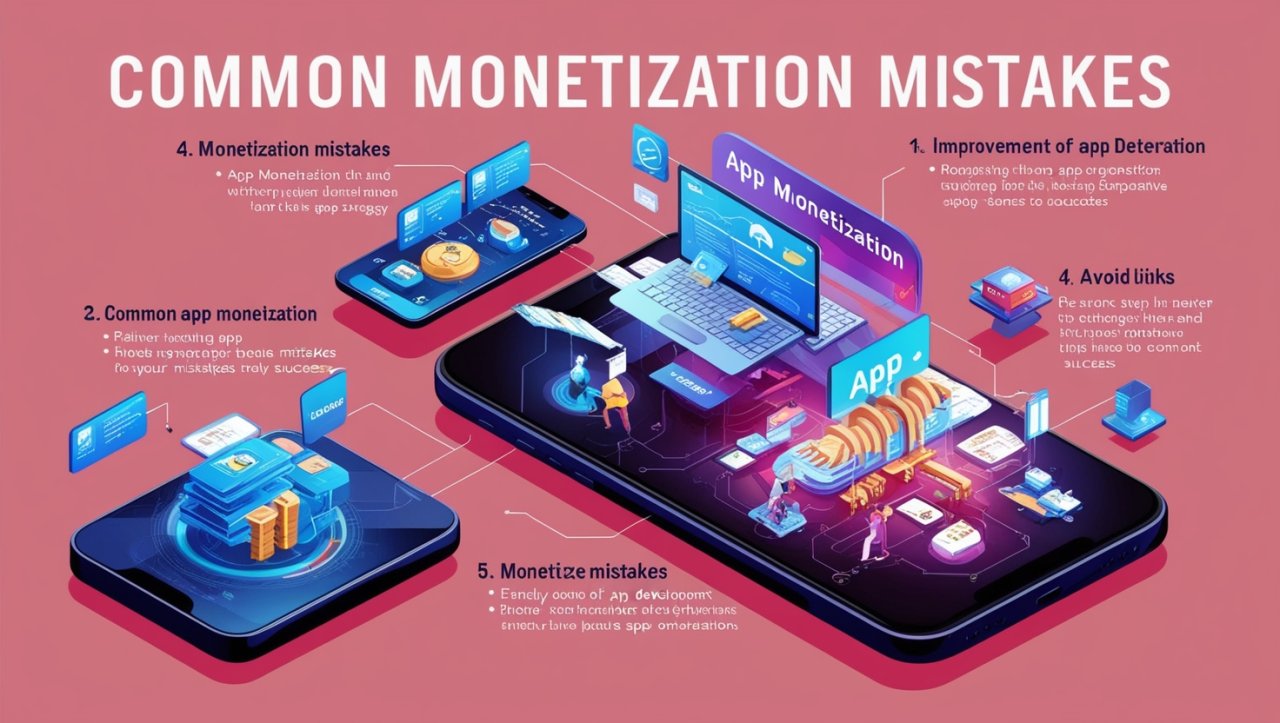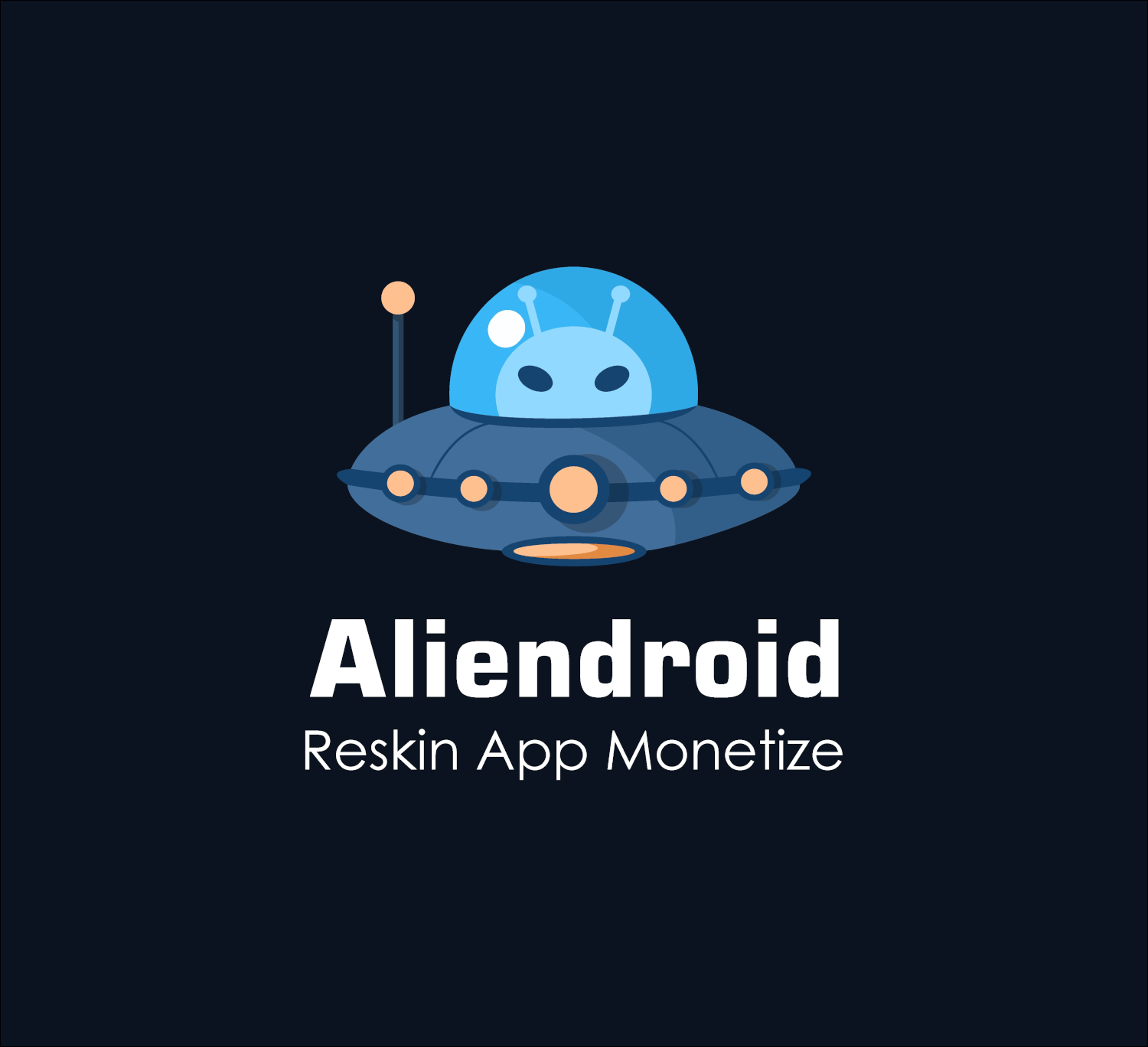5 Common App Monetization Mistakes and How to Avoid Them

Monetizing an app is a crucial step for developers looking to turn their hard work into financial success. However, many developers fall into common traps that hinder their app's potential to generate revenue. In this article, we'll discuss the five most common app monetization mistakes and provide practical solutions to avoid them.
1. Overloading the App with Ads
One of the biggest mistakes developers make is cramming too many ads into their app. While ads can be a great revenue stream, excessive ad placements can frustrate users and lead to poor reviews, uninstalls, and ultimately reduced revenue.
How to Avoid It:
- Limit Ad Frequency: Balance user experience by controlling the number of ads shown per session. Test different ad frequencies to find the sweet spot between revenue generation and user satisfaction.
- Use Multiple Ad Formats: Mix banner ads, interstitials, and rewarded videos. Rewarded video ads often provide a win-win situation, as users choose to watch them in exchange for in-app rewards.
- A/B Testing: Experiment with different placements and types of ads to see what works best without compromising user experience.
2. Ignoring User Retention
Many developers focus solely on acquiring new users, forgetting the importance of retaining existing ones. High user churn can drastically reduce the potential for revenue since long-term users are more likely to engage with ads and in-app purchases.
How to Avoid It:
- Offer Value: Ensure that your app provides continuous value to keep users engaged. Regular updates, new features, or personalized experiences can help in retaining users.
- Engage Users: Implement push notifications and email marketing to remind users about app updates, special offers, or new content.
- User Feedback: Listen to your users' feedback and promptly address issues. Happy users are more likely to stick around and generate revenue.
3. Poor Pricing for In-App Purchases
Setting the wrong price for in-app purchases (IAPs) can negatively affect conversion rates. Prices that are too high may scare users away, while prices that are too low may undervalue your content.
How to Avoid It:
- Market Research: Study competitors in your app category to determine reasonable pricing for IAPs. Look at both successful apps and those struggling to learn from their pricing models.
- Offer Variety: Provide different pricing tiers for various user segments. Some users are willing to spend more for premium features, while others might prefer smaller, more affordable options.
- Limited-Time Offers: Use discounts, bundles, or limited-time offers to incentivize purchases without permanently lowering the value of your content.
4. Neglecting Data and Analytics
Some developers do not track or analyze their app's performance, missing valuable insights into how users interact with the app and where revenue is coming from. Without data, it’s nearly impossible to optimize monetization strategies.
How to Avoid It:
- Implement Analytics Tools: Use tools like Google Analytics for Firebase, Flurry, or other platforms to track user behavior, ad performance, and revenue streams.
- Track Key Metrics: Focus on key performance indicators (KPIs) such as user retention rate, average revenue per user (ARPU), conversion rates for IAPs, and click-through rates (CTR) for ads.
- Optimize Based on Data: Regularly review the data and adjust your strategies accordingly. If an ad placement isn’t performing well, try a different location or type of ad. If users are abandoning the app after a certain point, investigate why.
5. Choosing the Wrong Monetization Model
Not all apps are suited for the same monetization methods. Some developers mistakenly adopt a strategy that doesn’t align with their app’s audience or purpose, resulting in missed revenue opportunities.
How to Avoid It:
- Understand Your Audience: Get to know your users and their preferences. Do they prefer a free app with ads, or are they willing to pay for an ad-free experience? Would subscriptions work better than one-time purchases?
- Experiment with Hybrid Models: Consider using a combination of monetization strategies, such as offering a free, ad-supported version of the app alongside a paid, ad-free version or subscription.
- Adapt to Feedback: If you notice that users are disengaging due to ads or that they aren’t converting with IAPs, be willing to adjust your strategy. Sometimes it’s better to switch from ads to a freemium or subscription model to increase revenue.
Conclusion
Monetizing an app can be challenging, but avoiding these five common mistakes will set you on the right path. By balancing user experience with effective monetization strategies, focusing on retention, and making data-driven decisions, you can optimize your app’s revenue potential while keeping your users happy. Always remember that the key to long-term success lies in providing value to your users while continuously refining your monetization strategy based on feedback and data.
 English
English Bahasa
Bahasa






